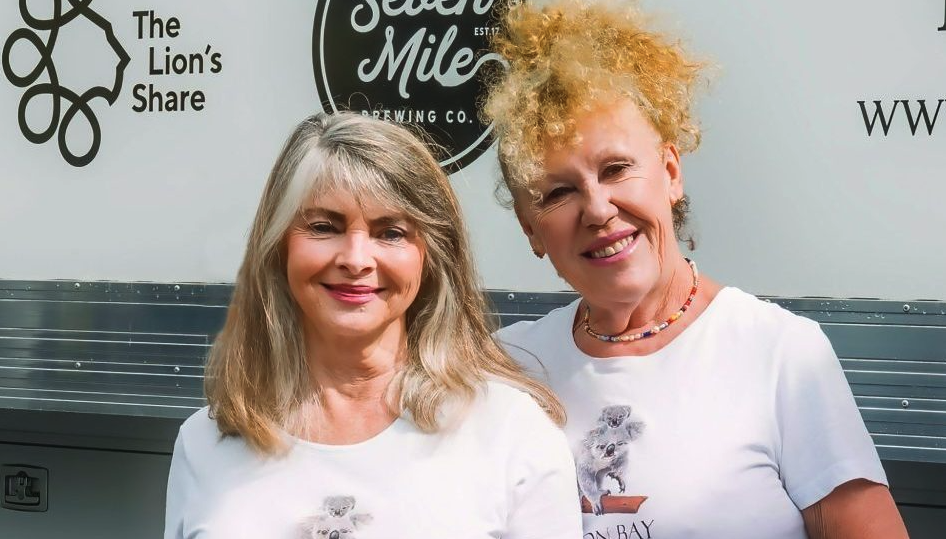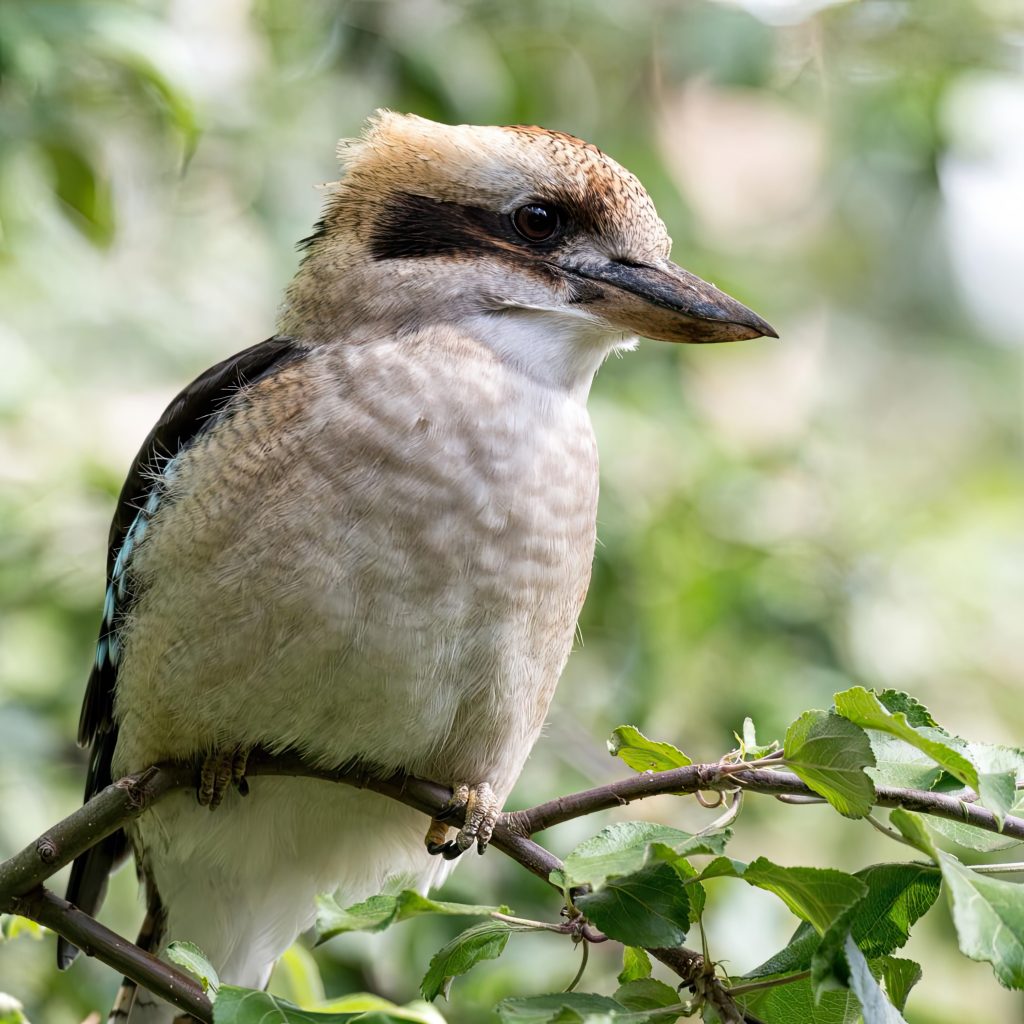
“I have no other reason to be here, other than I care about the viability of Australia’s wildlife,” says Coorabell resident Delvene Delaney, who’s in the middle of one of her many volunteer sessions at the Byron Bay Wildlife Hospital at Knockrow.
A cultural icon, Delvene has had a long career on Australian television, her elegance and charisma endearing her to generations of fans and winning the heart of her Paul Hogan Show co-star the late John ‘Strop’ Cornell.
The pair, married for 47 years, migrated to the Northern Rivers in the 1980s, and became well-loved local identities in the soon-to-be booming hospitality scene.
“In the 40-odd years that I’ve been in the Byron area, I’ve seen a lot of changes,” says Delvene. But she’s not just talking about the tourists and the traffic – “It’s the natural world that seems most out of kilter. There are species disappearing all around us – little noisy finches, all kinds of birds,” she says, adding that there were once quolls on her property.
A series of life-changing events, and sage advice of her good friend, Jan Smith, put Delvene on a new course — one where she could combine her confidence and charm, her eye for business and project management know-how with her drive to make a difference.
“I’d sold the Bruns Pub six months earlier, and my husband, John, hadn’t long passed,” she explains. “I went to England to see my younger daughter, and while I was there, I injured my foot. So, I was laid low for two months. This really gave me the opportunity to sit and reflect and contemplate the next stage. I realised then that I really wanted to help wildlife, so out of the proceeds of the sale of the hotel, I started a philanthropic fund.”
Delvene’s first project was supporting a raptor recovery centre in Tasmania, but she longed to be closer to the action. “I needed to find somewhere local because I want to actually go and see what they’re doing to help,” she says. She also wanted to get her hands dirty, literally.
“Jan said, ‘You should go and see Steve (Stephen van Mil, Founder, Director and CEO) at The Byron Bay Wildlife Hospital.’ So, I did, and when Jan had more free time, she joined me. We have a great time together. We see what they do in there. It’s mind-boggling. The ward is always full, and it helps me understand more about wildlife every week,” says Delvene.
“I’ve loved animals my life whole life. I’m a country girl,” says Jan, who lives in Suffolk Park and saw first-hand the destruction of habitat caused by the recent natural disasters. “When the floods came, the birdsong stopped for a while.” Jan looks away, and I have no doubt that in that moment, we each privately recall that terrible silence and sense of loss and helplessness. “And now they’re back, and it just warms my heart to wake up to that every morning. So, when Dele said, ‘let’s do some volunteer work’ I didn’t have to think twice about it. I’ve got a busy life, but I make time every week for this because it means so much to my heart.”
Delvene says it feels nice to be able to feel that she can make a contribution to the vets, emotionally and in terms of morale, not just financially. “Because I’m there, I see them working – they don’t even stop for a drink of water!” she says. “They are so dedicated and devoted and need to be supported. The kangaroos can’t storm parliament, so somebody has to act on their behalf. The Australian Government is not doing enough for our native animals, and I find that ridiculous, and immoral, and irresponsible. They’re not listening. Australia still has the largest extinction rate of mammals in the world – mammals that don’t exist anywhere else. That’s shameful.
“We need people to be aware that if we don’t get decent additional funding, the facility will close. And that’ll be everybody’s loss. You can support by volunteering for a three-hour shift once a week. You’ll start learning about the wildlife around us, and then you add all of these extra, beautiful layers to your life, and it enriches you as well. We love Byron Bay, we love living here, and being around nature. But nature needs animals.

“Before my husband passed, I said to him, ‘What kind of bird do you want to be remembered by?’ At first John said “A Spangled Drongo, because they are migratory.” The next year, I said ‘Are you sure you still want to be remembered as a Spangled Drongo?’ He said, ‘No, no. A Kookaburra.’ And I asked, ‘Why is that?’ John said, ‘Because they make people laugh’. And I thought, ‘how noble and wonderful.’ Then, later on, I realised that it’s because you hear them first in the morning and last at night. I thought, ‘clever bugger, always having the last laugh’.
“I came home from the hospital just after John had passed and a big, male Kookaburrra landed at my feet. They now sit in John’s special tree, which we’ve tied message ribbons on to, and they are around me all the time, as I think he is.”
Sally Schofield
Feature image: Delvene Delaney and Jan Smith at the Byron Wildlife Hospital Photo Lyn McCarthy – Niche Pictures